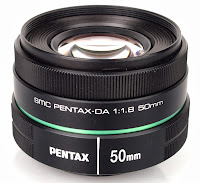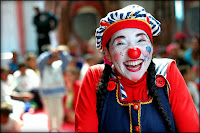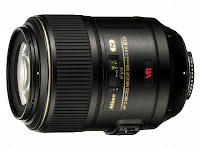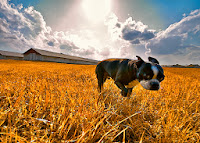With each photographer, they need to know what camera lenses are suitable for each shot. If they are using the wrong camera lens, their shot will not look as good as they wanted it to look. Here are several camera lenses and their speciality:
Standard Lenses:
 Standard lenses are typically 50mm when it comes to focal length. They have the same angle view of what we can see. Which basically means that a photograph using a 50mm lens will appear "Normal" or "Natural" to the perspective of the viewer. Many photographers use these lenses because because their fixed focal length and wide aperture give photographers the perfect ability to take photos in low light. Landscapes, portraits and candid shots are the most common photos which are taken using a 50mm camera lens.
Standard lenses are typically 50mm when it comes to focal length. They have the same angle view of what we can see. Which basically means that a photograph using a 50mm lens will appear "Normal" or "Natural" to the perspective of the viewer. Many photographers use these lenses because because their fixed focal length and wide aperture give photographers the perfect ability to take photos in low light. Landscapes, portraits and candid shots are the most common photos which are taken using a 50mm camera lens. Here is a photograph of someone which was taken with a 50mm lens. Here you can tell the room is not well kitten but the iso on the camera gives the ability to focus on the image. And with the depth of field only focusing on the main image, it gives a well produced image towards the audience.
Here is a photograph of someone which was taken with a 50mm lens. Here you can tell the room is not well kitten but the iso on the camera gives the ability to focus on the image. And with the depth of field only focusing on the main image, it gives a well produced image towards the audience.Macro Lenses:

Depending on the lens, macro lenses can either be 105mm or 75mm. Normally photographers use the 75mm because they still give a good quality photo without being too close.
Macro lenses are designed for close-up photography. For example, you may use a macro lens for taking images of insects or wildlife because you can grab detailed features of the object unlike other camera lenses. Since they have a different construction, they specialise in sharpness and contrasted photos. So when it comes to the final result, the photo will be phenomenal and eye-catching.
Here is an extreme close-up of an insect feeding itself. Without a macro lens, any other type of camera lens won't be able to produce the high-quality image at close range without being blurred or pixelated. It gives the audience a perspective that this photo is not natural and that it's like in another reality of the human-eye.
Wide Angle Lenses
Every wide angle camera lens have a short focal length. It gives a more wider view than the human eye could or any other camera lens could. This means that they can capture more of the scene without having to take more than one shot. If a photographer wants an extreme wide shot, they use a fisheye lens. These have a focal length of 8mm-24mm. These give a 180degree panorama with abstract looks which intoxicate audience viewers into understanding the photo and admiring it. They're used for landscapes and cramped interiors. They are also used for sports like surfing and skateboarding.

For example, here is a wide angled shot of an animal in the field of a beautiful landscape. If this was taken on a standard 50mm lens, you wouldn't be able to capture the scenery behind the dog. With this, it gives photographers to adventure/experiment more into using wide shot lenses.










